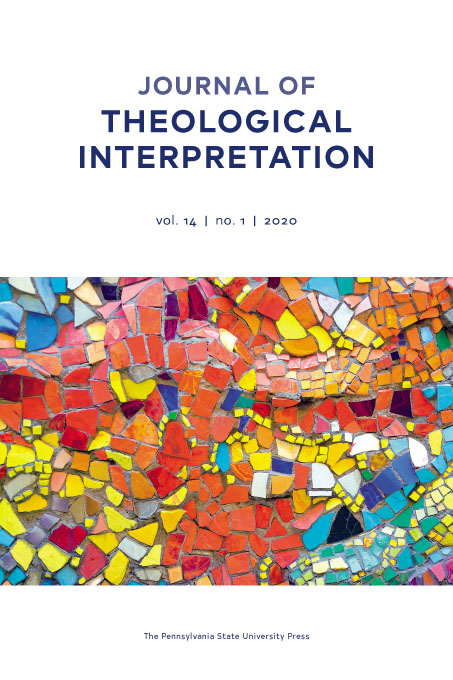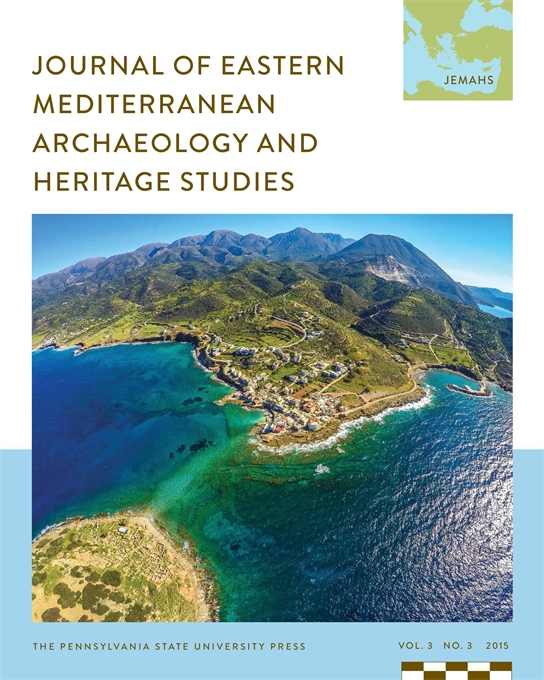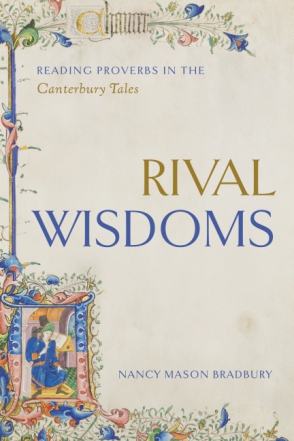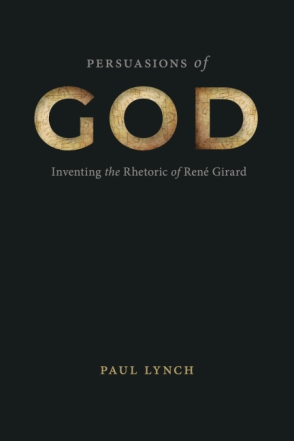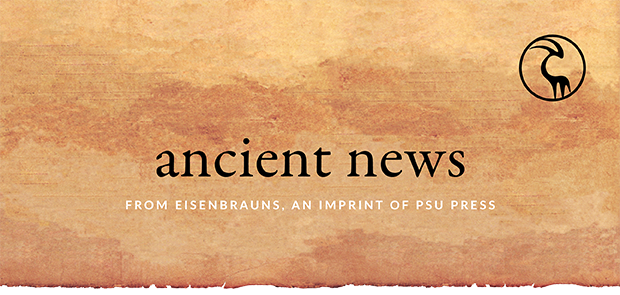
in this issue
general news
Welcome to the March issue of Ancient News!
We were saddened to hear of the passing of Eisenbrauns author Johanna H. Stuckey. Among her contributions to the field, we are proud to count the book A Handbook of Gods and Goddesses of the Ancient Near East (with Douglas R. Frayne). Our thoughts are with her family and friends at this time.
In this issue, we are featuring a Q&A with Grace J. Park, author of Focus Construction with kî ʾim in Biblical Hebrew, the latest volume in the LSAWS series. Read on for the full conversation.
March is Women’s History month, and we’re honoring it with a sale on Ancient Women’s history! Through 3/31, save 40–50% on select titles when you use promo code AWH24 at checkout.
March is also the season for AOS’s annual meeting, taking place March 22–25 in Chicago. We will be there, so be sure to stop by our booth to browse new books or pitch your next project! If you can’t attend in person, you can still shop our virtual exhibit store here.
In case you missed it, the Penn State University Press Spring/Summer 2024 catalog is now available! Browse the catalog for a sneak peek at the exciting new titles coming later this spring for Eisenbrauns!
Enjoy!
Maria Metzler, Acquisitions Editor
ancient women’s history sale
Save 40%–50% on select titles with promo code AWH24. Sale ends 3/31.
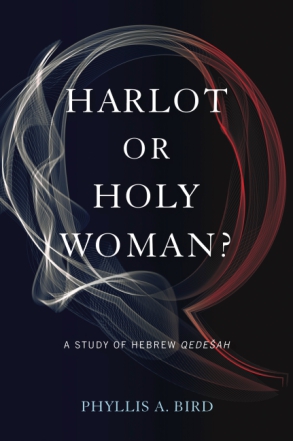
Harlot or Holy Woman?
A Study of Hebrew Qedešah
$213.95 $106.98
“Phyllis Bird deserves praise for amassing all this material into one volume and for her careful and insightful analysis of both biblical and extrabiblical texts.”—Elaine Adler Goodfriend, Review of Biblical Literature
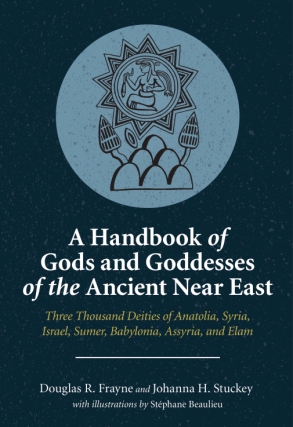
A Handbook of Gods and Goddesses of the Ancient Near East
Three Thousand Deities of Anatolia, Syria, Israel, Sumer, Babylonia, Assyria, and Elam
$89.95 $53.97
“A must for every scholar of the ancient religions of western Asia.”
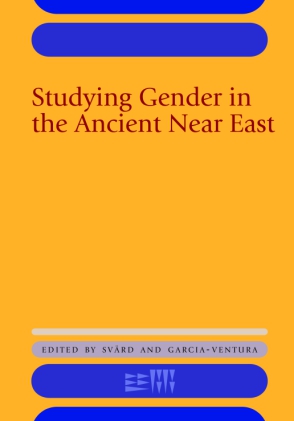
Studying Gender in the Ancient Near East
$124.95 $74.97
The diverse backgrounds of the contributors allow for a range of fruitful discussions on gender methodologies and provide important reflections on the future of the field. This volume will have significant impact for those researching and challenging assumptions about gender in the ANE.”
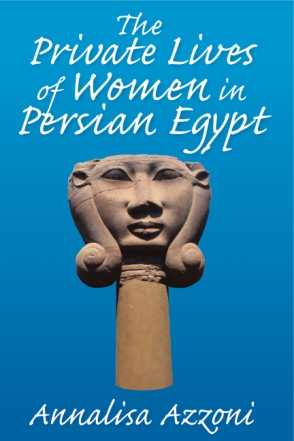
The Private Lives of Women in Persian Egypt
$42.95 $21.48
The Elephantine texts have been variously studied, mainly with respect to their impact on Jewish history. But these texts have more to offer, particularly in relation to the history of women. Annalisa Azzoni, in The Private Lives of Women in Persian Egypt, delves deeply into these texts, examining these Egyptian Aramaic documents in order to make public the lives of women, including their social status, their economic activities, and their private lives. Azzoni recovers the lives of everyday women, allowing them to take their place in the larger context of women in the ancient Near East.
new books
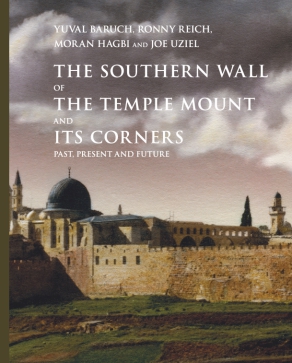
The Southern Wall of the Temple Mount and Its Corners
Past, Present and Future
Edited by Yuval Baruch, Ronny Reich, Moran Hagbi, and Joe Uziel
“The Temple Mount/Haram aš-Šarīf has fascinated scholars since the dawn of modern archaeology, and the pious for millennia before that. The studies assembled here document excavations and conservation at the southern and southwestern retaining walls of the Herodian Temple, with special care for all periods—from the Iron Age to Herod the Great to medieval Islam. This magnificent volume is a monument to decades of dedicated research, a resource for generations to come!”
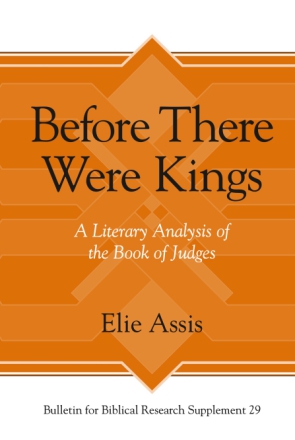
Before There Were Kings
A Literary Analysis of the Book of Judges
Elie Assis
“Assis utilizes a close reading of the book of Judges and interacts with the secondary literature while contributing to a reading of the text that explains how the parts produce the whole. Before There Were Kings makes an important contribution, not simply in the method of reading, but in the particular way in which Assis’s perspective contributes to an understanding of the book.”—K. Lawson Younger, Jr., Divinity School, Trinity International University
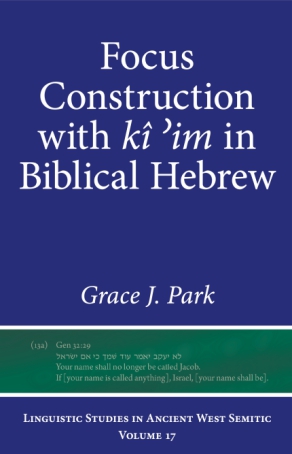
Focus Construction with kî ’im in Biblical Hebrew
Grace J. Park
This study uses modern linguistic theory to analyze a frequently recurring syntactic phenomenon in the Hebrew Bible that has thus far resisted explanation: כי אם.
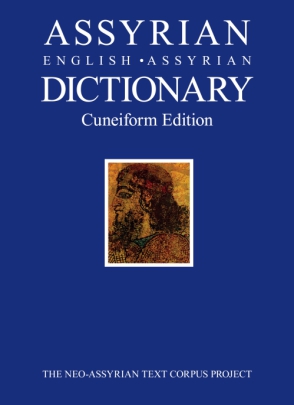
Assyrian-English-Assyrian Dictionary
Cuneiform Edition
Edited by Simo Parpola
This dictionary contains all the words attested in Assyrian texts from the Neo-Assyrian period. Most of the vocabulary comes from Neo-Assyrian and Standard Akkadian, with some Aramaic and Neo-Babylonian entries. The Assyrian-English-Assyrian Dictionary was the first English-Akkadian dictionary ever published, and the new cuneiform edition features words written in the cuneiform script of the Neo-Assyrian period.
author q&a
Grace J. Park, author of Focus Construction with kî ʾim in Biblical Hebrew, joined us for a Q&A about her current research and how she hopes it will shape the field of Biblical Hebrew.
Can you tell us about your current research, and how you became interested in the topic?
I did my PhD at UCLA with Bill Schniedewind in a rather broad Near Eastern Languages and Cultures department, but I’m also a native speaker of Korean and spent a number of years studying both classical and modern Chinese. So, I come to Biblical Hebrew with a lot of different linguistic traditions in mind, and consequently, I am always trying to use language typology to make sense of how different languages do similar things.
I’m currently looking further into Negative Polarity Items (NPIs) in Biblical Hebrew and a few other Semitic languages (in a sentence like “I didn’t see any puppies,” the word “any” is a negative polarity item). My new book is not really about NPIs, but it does touch on them: for example, how NPIs in Biblical Hebrew interact with focus constructions. Since NPIs in Biblical Hebrew work differently than in familiar languages like English, German or French, I’m searching for a language typological model that will illuminate the use of NPIs in Biblical Hebrew.
How do you anticipate your research will help inspire other research your discipline?
I hope that my new book and, more generally, language typology-based approaches to Biblical Hebrew will inspire people who work on Biblical Hebrew and especially those who are translating the Hebrew Bible into non-Western languages. Language typology and discourse analysis help us to go beyond traditional approaches to Biblical Hebrew grammar, which sometimes take English or German grammatical categories as the norm. My new book, which is based on language typology, identifies three discursive zones that occur in focus constructions formed with kî ʾim, and NPIs often appear in one of those three zones. This kind of discursive patterning might provide some useful raw material for future investigations of how Biblical Hebrew NPIs operate.
Is there any research coming from newer scholars in the field that particularly excites you?
I’m really fortunate to teach at the Seminar für Semitistik, Freie Universität Berlin, which is very much oriented to linguistic issues and covers a wide historical range of languages and dialects. I often teach Ugaritic and earlier phases of Aramaic, so I get to explore long-term changes in discourse patterns in Semitic languages together with my colleagues who focus on later Semitic languages. In particular, Fabio Gasparini is investigating linguistic phenomena that are similar to the ones I describe in my book, such as stand-alone nominalization, but in Modern South Arabian languages.
new from psu press
VIEW PSU Press News, the PSU Press newsletter| Control your subscription options |
